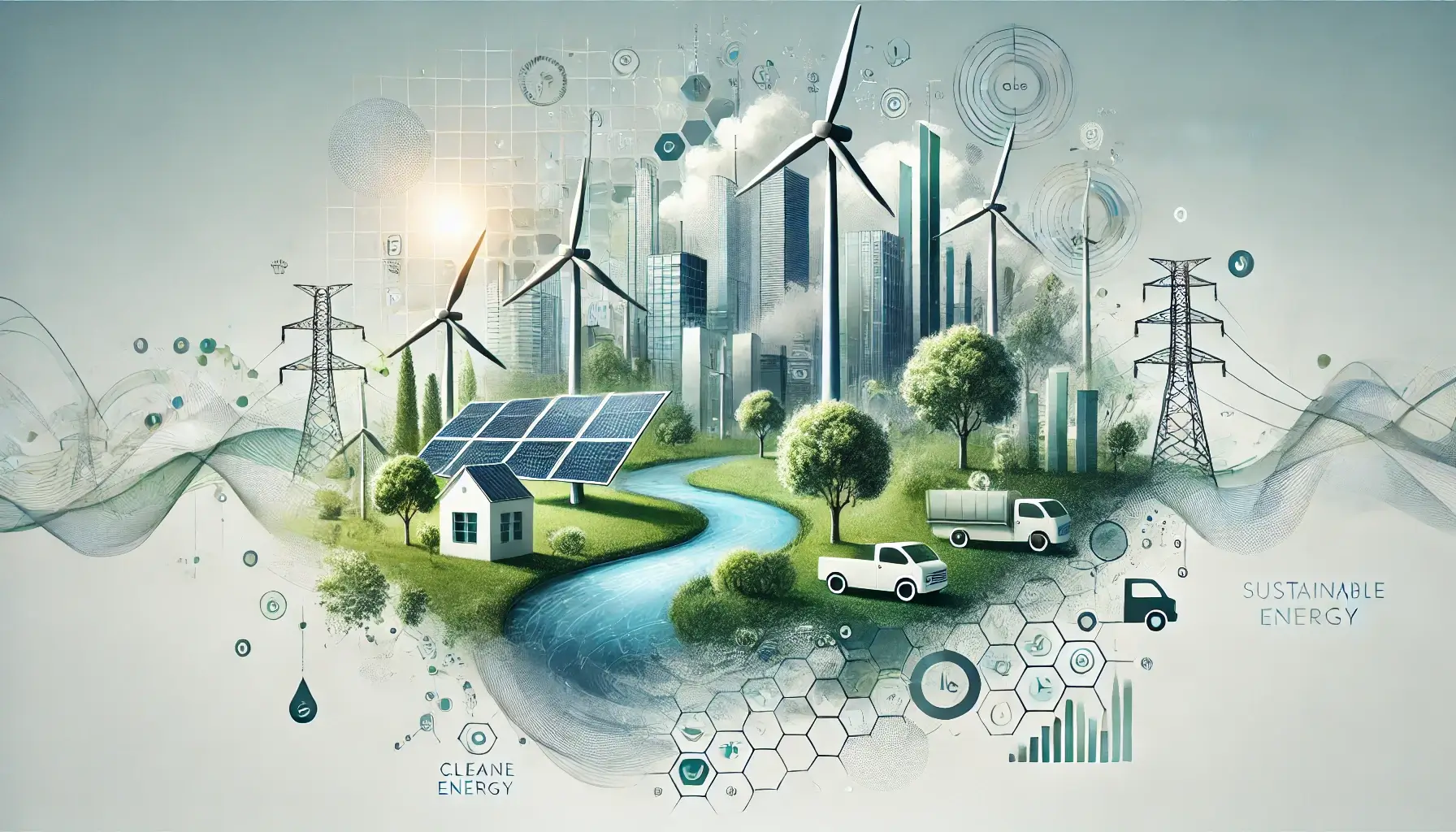Sustainable energy is reshaping the global energy landscape as nations worldwide shift from fossil fuels to renewable resources. In this article, we explore emerging trends, examine the challenges and opportunities in the sustainable energy sector, and highlight the technological innovations driving this transformation.
Introduction
The transition to sustainable energy is not only essential for environmental preservation but also for economic growth and global security. With governments, businesses, and communities increasingly investing in renewable energy projects, the world is witnessing a paradigm shift in how energy is produced and consumed. This article provides an in-depth look into the current trends, challenges, and future prospects of sustainable energy on a global scale.
Emerging Trends in Sustainable Energy
Several key trends are shaping the future of sustainable energy:
- Rapid Growth of Renewable Installations: Solar and wind energy projects are expanding at an unprecedented rate, driven by decreasing costs and favorable government policies.
- Energy Storage Breakthroughs: Advances in battery technology and other storage solutions are making it possible to harness and distribute renewable energy more efficiently.
- Decentralization of Energy Systems: Microgrids and distributed energy resources are empowering communities by providing localized, resilient energy solutions.
- Digitalization and Smart Grids: The integration of digital technologies and IoT devices is optimizing energy distribution, reducing waste, and enhancing grid reliability.
Challenges and Opportunities
Despite the promising advancements, the sustainable energy sector faces several challenges:
- Intermittency of Renewable Sources: Solar and wind energy depend on weather conditions, necessitating improved energy storage and grid management solutions.
- Infrastructure Upgrades: Transitioning to renewable energy requires significant investments in modernizing grids and establishing reliable transmission networks.
- Regulatory and Policy Barriers: Inconsistent policies and regulatory hurdles can slow down the adoption of sustainable energy technologies.
- Economic Considerations: While the long-term benefits are substantial, the initial costs of renewable energy projects and storage solutions can be a barrier for some regions.
On the flip side, these challenges also present unique opportunities for innovation and growth. Overcoming these barriers can lead to the creation of new markets, job opportunities, and a more resilient energy infrastructure worldwide.
Technological Innovations Driving Change
Technological advancements are at the heart of the sustainable energy revolution. Some notable innovations include:
- Advanced Energy Storage Systems: Cutting-edge battery technologies and alternative storage methods, such as hydrogen fuel cells, are improving the reliability of renewable energy.
- Smart Grid Solutions: Integrating real-time data analytics and automated control systems into the grid enhances efficiency and reduces downtime.
- Innovative Renewable Technologies: Breakthroughs in photovoltaic cells and wind turbine designs are increasing energy capture and reducing costs.
- Digital Platforms and IoT Integration: The use of IoT devices and digital platforms enables predictive maintenance and optimized energy distribution across vast networks.
Conclusions and Call to Action
The shift towards sustainable energy is not just a trend—it’s a critical evolution that promises to redefine our global energy framework. While challenges such as intermittency, infrastructure needs, and regulatory issues persist, the opportunities for innovation, economic growth, and environmental sustainability are immense.

Ready to make a difference?
Join our vibrant community of opinion-makers
and share your insights to shape tomorrow's trends.
Register now and start participating in our exclusive surveys!
